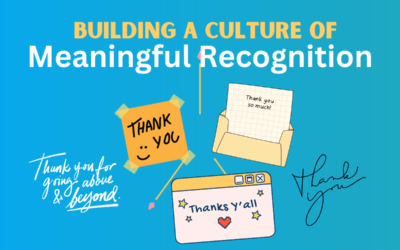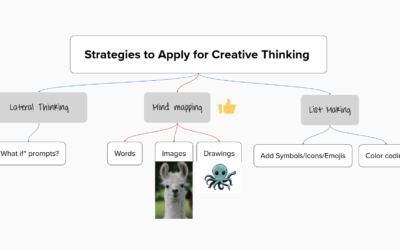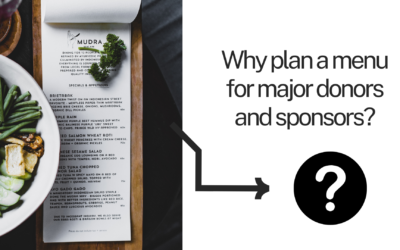 Program delivery gets all the glory in the world of social good, but programs don’t happen out of thin air. The necessary management and support functions often get a bum rap under the name “overhead.” Here are some solutions to keeping a robust marketing effort for your important work, and keeping the true costs of your program budgets in line at the same time.
Program delivery gets all the glory in the world of social good, but programs don’t happen out of thin air. The necessary management and support functions often get a bum rap under the name “overhead.” Here are some solutions to keeping a robust marketing effort for your important work, and keeping the true costs of your program budgets in line at the same time.
- Your biggest marketing cost is people. The largest expense of most nonprofit organizations is people, often by eighty percent of the budget or more. Most nonprofits share staff across programs, so creating a method to know how much time each person spends in communications will give your effort a much stronger idea about how much is really being spent, not just how much the part-time communications person is paid. Some nonprofits may choose timecards each pay period where staff tracks their work by program, but for many, an annual time study is a good basis for assigning costs without the administrative drain of allocating time for every paycheck.
- Some communications costs are program costs. If an outreach effort or an advertisement is used only for the purpose of one specific program effort, it’s probably a direct program cost and not part of a management and general budget. The best way to segregate these functions is to create individual program budgets as components of an overall budget. This isn’t falling-off-a-log easy, but it isn’t rocket science, either. A little Excel elbow grease and any charity can more easily separate each type of cost. Next in Nonprofits has a sample program-based budget available to demonstrate how organizations can segregate costs, leaving fewer expenses listed as management and general.
- It’s all measurable. The days when “brand awareness” advertising made sense are quickly drawing to a close. Almost any effort in communications could and should be measured to some call to action. Your Facebook post talking about your holiday greeting card may only be designed to keep your post-ranking high, but even that has the measurable impact of keeping your other, more important posts visible as Facebook changes just what goes into their newsfeed. Other calls to action are more directly impactful, such as increasing program registrations, getting donations, or asking for supporters to make advocacy calls. Each effort to get action can be measured, and successful ones can be promoted on social networks for cheap. Just remember, cheap isn’t free, and that means a budget for promoting social posts. Promoted posts are almost certain to out-deliver against old-school options like conference ads, so if you budget is limited (and whose isn’t?) be sure to measure outcomes.
The most successful budgets do all that using cross-channel marketing. Your annual report (.pdf, please) may link to your Facebook account, which in turn links to events registration at your website. Knowing what it costs to engage each step in the path will help make the most efficient use of your budget, creating the most social change for your buck.
Originally published for Minnesota Do-Gooders Club





